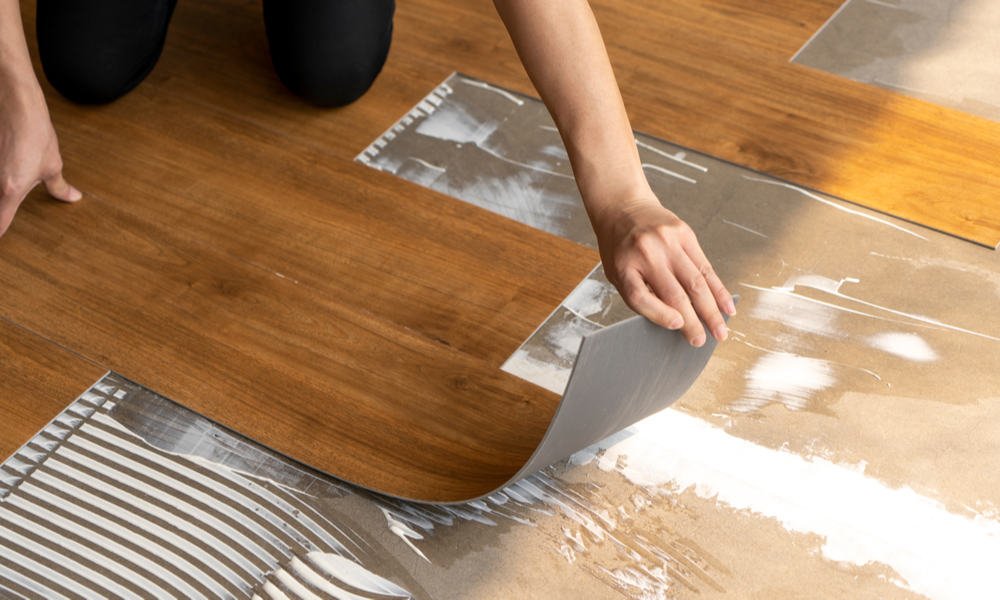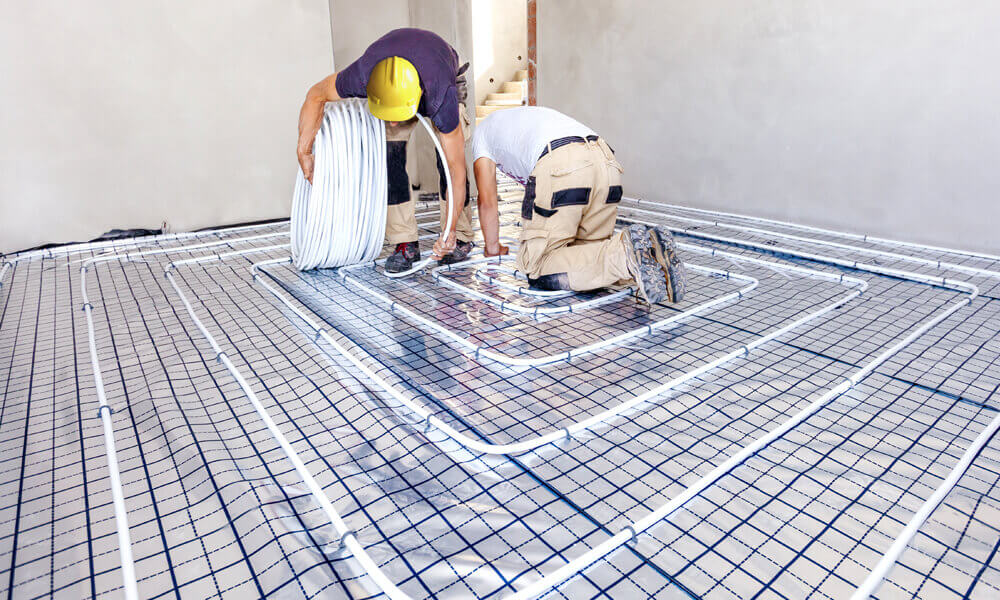As the world becomes more conscious of the environmental impact of our choices, sustainable flooring materials are gaining popularity as a viable alternative to traditional flooring options. These materials not only reduce the carbon footprint but also offer various benefits in terms of durability, aesthetics, and indoor air quality. In this article, we will explore some of the most innovative and eco-friendly flooring options available today.
Bamboo
Bamboo is one of the most sustainable flooring materials on the market. It is a type of grass that grows rapidly, making it an incredibly renewable resource. Bamboo flooring is durable, easy to maintain, and has a natural aesthetic appeal. Additionally, it is resistant to moisture and insects, making it ideal for areas prone to high humidity or termite problems.
Cork
Cork flooring is made from the bark of cork oak trees, which naturally regenerate after being harvested. This process does not harm the trees, making cork a truly sustainable option. Cork flooring is known for its excellent insulation properties, reducing energy consumption for heating and cooling. It is also highly resilient, comfortable to walk on, and provides good sound absorption.
Reclaimed Wood
Reusing old wood from sources such as barns, warehouses, or demolished buildings is an excellent way to reduce deforestation and waste. Reclaimed wood flooring adds character and charm to any space while promoting sustainability. Each plank tells a unique story, showcasing the natural imperfections and patina that only time can create.
Recycled Rubber
Recycled rubber flooring is an innovative option that repurposes used tires, preventing them from ending up in landfills. It is highly durable, slip-resistant, and provides excellent shock absorption. This makes it an ideal choice for gyms, playgrounds, or any area where impact resistance is essential. Additionally, rubber flooring is easy to clean and maintain.
Linoleum
Linoleum is often mistaken for vinyl, but it is a completely different material. Made from natural ingredients such as linseed oil, wood flour, and cork dust, linoleum is biodegradable and renewable. It is highly durable, easy to clean, and comes in a wide range of colors and patterns. Linoleum flooring is also naturally antimicrobial and hypoallergenic, making it an excellent choice for those with allergies or respiratory sensitivities.
While concrete may not be the first material that comes to mind when thinking about sustainable flooring, it is worth considering. Concrete floors can be polished, stained, or stamped, creating a unique and modern look. They are long-lasting, low maintenance, and provide excellent thermal mass, reducing energy consumption for heating and cooling. Additionally, concrete can be recycled and reused, further reducing its environmental impact.
Sustainable flooring materials offer a greener alternative to traditional options without compromising on style or functionality. Bamboo, cork, reclaimed wood, recycled rubber, linoleum, and concrete are just a few examples of the innovative choices available. By opting for these eco-friendly materials, we can contribute to a more sustainable future while enjoying the benefits of durable, beautiful, and healthy flooring in our homes and workplaces.










